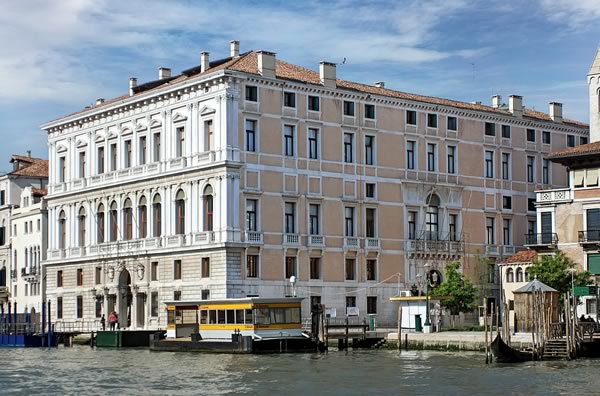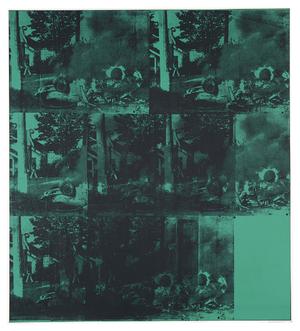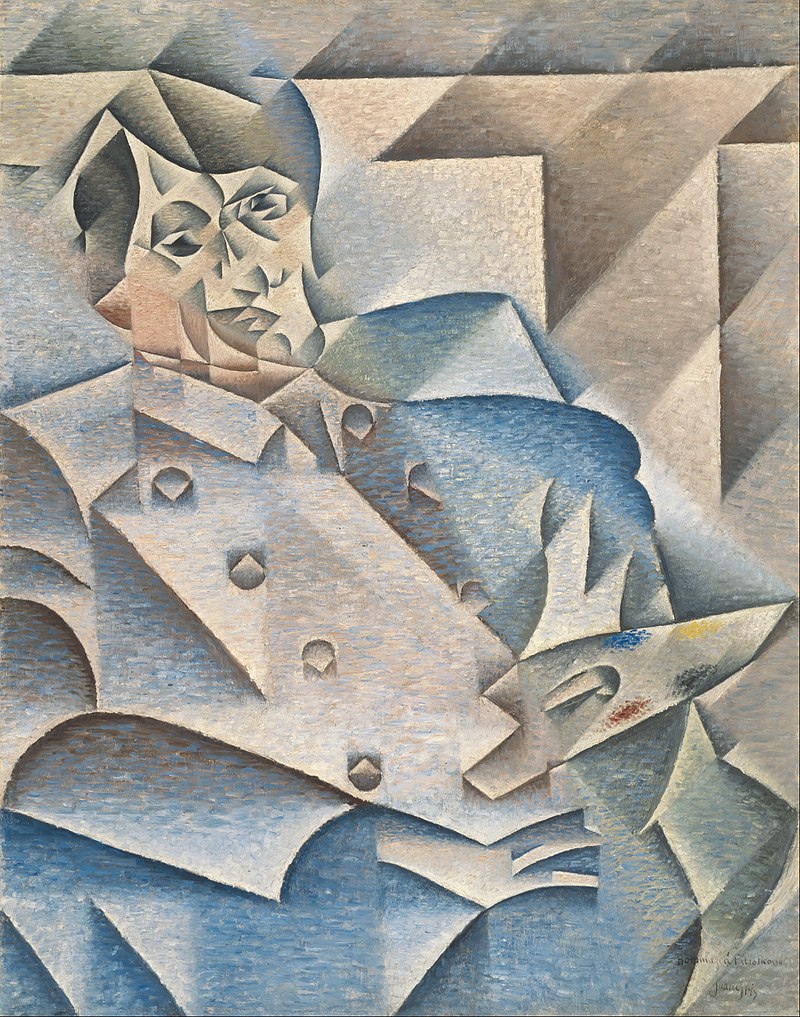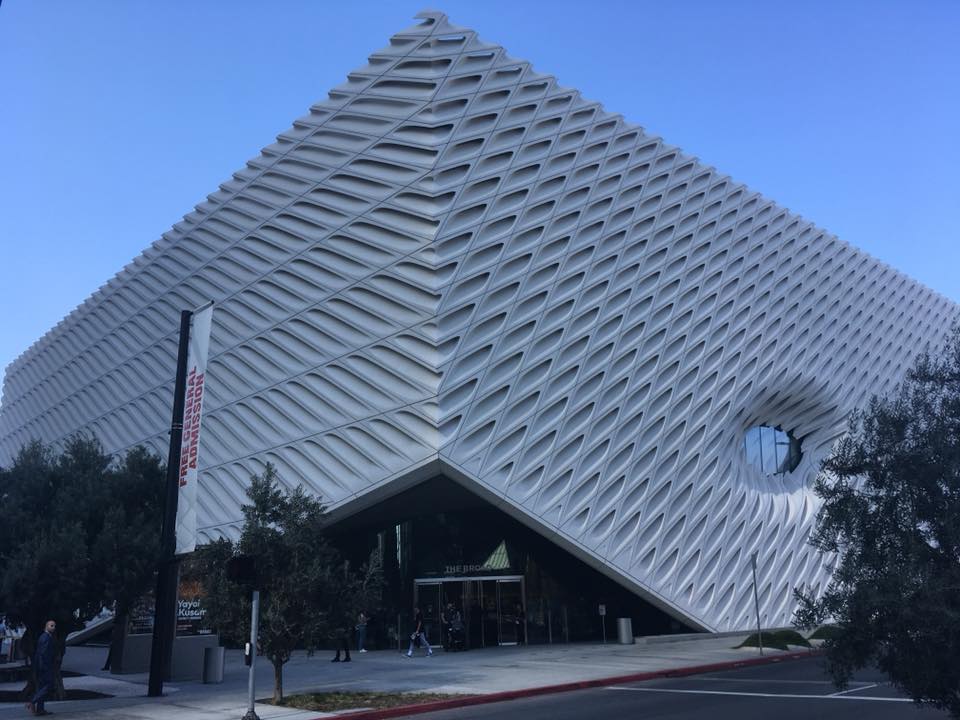Who knows? If you get started building your art collection soon enough, you might eventually make this list. The most valuable art collections in the world are valued in the billions and hold blue chip artists from all over the world.
In this article, we’ll discuss five of the most valuable collections in the world including how they got started, what pieces and artists they hold in what themes, and how to see pieces from these collections. We’ll see some themes that can help explain why art collectors buy art in general.
You may also be interested in finding out more in our “Who Is an Art Collector?” article. If you’re thinking about becoming an art collector yourself, be sure to read our Art Collector’s Guide.
François Pinault
Born into a small family timber business in France, Pinault’s love of art began when he married his second wife, Maryvonne Campbell, an antique trader in Rennes. Around this time he started his art collection while simultaneously building a timber trading company that began to acquire other distressed firms. Eventually, he took his company public on the Paris stock exchange as Pinault SA and then began to diversify into retail and then to focus on the luxury segment, eventually acquiring control of Gucci, Yves Saint Laurent, Balenciaga, and Alexander McQueen. In 2003, he passed the CEO role of what is now known as Kering to his son to focus more on his passions. His second company, Groupe Artémis, a private company has owned Christie’s auction house since 1998.
In more recent times, Pinault has opened two museums: the Palazzo Grassi in Venice and the Bourse de Commerce in Paris. His collection of over 10,000 contemporary works is available in these and in off-site exhibitions.

Notable artists in the collection of “The Artful Billionaire” include Richard Serra, Jeff Koons, Picasso, Mondrian, Urs Fischer, Robert Rauschenberg, Andy Warhol, Damien Hirst, Carl Andre, and many others.
Philip Niarchos
A great example of an art collector who got started via inheritance from a family member, Greek shipping magnate Philip Niarchos inherited the art collection of his father, Stavros. Stavros accumulated a number of important pieces via the purchase of actor Edward G. Robinson in 1957. Both father and son have been in the press for purchasing artwork at high valuations at auctions. The purchase of a Basquiat self-portrait for $3.3 million was one such notable acquisition. He later set the record for an Andy Warhol, paying $17 million for Green Burning Car. He was also the subject of Warhol’s skull paintings, which were based on Philip CAT scan films.
Harder to see than other collections, Niarchos has occasionally loaned pieces to museums such as five Van Goghs. You can also find an old book on the Niarchos exhibition at the Tate Museum back in 1958.
Notable artists in the Niarchos collection include: Jean-Michel Basquiat, Pablo Picasso, Vincent van Gogh, Andy Warhol, El Greco, and Maurizio Cattelan.

Eli and Edythe Broad
Meeting in college in Michigan, the Eli and Edythe Broad came from humble beginnings. Graduating with a degree in accounting and working as a CPA, he quickly parlayed doing the books of home builder to partnering, with an investment from Edythe’s parents, to build Kaufman and Broad Home Corporation, which eventually went public. Broad stepped down as CEO in 1974, by which time he had purchased Sun Life Insurance Company, later to transformed into a retirement savings company SunAmerica. In 1998, he sold SunAmerica to AIG for $17.8 billion and then left the company in 1999 to focus full-time on philanthropy including the Broad Art Foundation. The couple’s interest in collecting began with Edythe in 1973, purchasing a Van Gogh drawing, and eventually they began to focus on post-World War II art.
So you want to see the Broad collection? Their approach is much simpler than others on this list. They have works on display at The Broad in Los Angeles, built in 2015, and through The Broad Art Foundation, works also travel and may be seen at museums near you. You’ll find a comprehensive list of their holdings on their website.
The Broad collection includes: Jean-Michel Basquiat, Robert Rauschenberg, Cy Twobly, Roy Lichtenstein, Takashi Murakami, Andy Warhol, Carl Andre, Damien Hearst, Jasper Johns, Jeff Koons, Henri Matisse, Joan Miro, Pablo Picasso and many more.
David Geffen
Also with humble roots (in Brooklyn), Geffen worked his way up the corporate ladder at William Morris eventually becoming an agent. He later founded Asylum Records (1971), Geffen Records (1980), and was a co-founder of Dreamworks Animation, along with Stephen Spielberg and Jeffrey Katzenberg. His art collecting began in the 90s with under-the-radar purchases at prices below the meteoric appreciation that would help him later sell from his collection at prices above $100 million for a single piece.
Some believe Geffen’s collection to be the most valuable held by an individual, estimated at $2.3 billion. He also frequently gets cited for having impeccable taste, only purchasing choice works rather than amassing a larger holding of less quality artwork. He also briefly held the record for the most expensive sale of a piece of art, receiving $140 million for Jackson Pollack’s “Number 5, 1948” in 2006. In addition to his collection, he also has been a big supporter of museums, donating $100 million to Lincoln Center, $100 million to the Museum of Modern Art, and $150 million to the Los Angeles County Museum of Art.
David Geffen’s collection includes: Jackson Pollack, Willem de Kooning, Mark Rothko, Robert Rauschenberg, Jasper Johns, and David Hockney.

Ezra and David Nahmad
Yet another story of humble roots, Ezra and David Nahmad’s family fled Beruit in the 1960s and settled in Milan for a time. With their other brother, Joseph, the three began trading in art and on the Italian stock market while still school-aged. Their first notable purchase was rumored to be two Juan Gris paintings via a deal who later sold them Picasso and Braque as well. As they kept collecting, they developed relationships in Paris that sent the works to sell into the Italian market. When Milan became too dangerous as well, the brothers split with Ezra landing in Montecarlo and David in New York. Overtime, the two grew into a major economic force, amassing a collection valued above $8 billion.
Seeing the Nahmads’ collection is not as easy as that of others on this list except at auction. They keep a significant portion stored in a freeport in Switzerland, a tax-exempt warehouse, except when their pieces make their way to auctions. You may also see works of lesser-known artists at their children’s galleries in New York and London.
The Nahmad’s claim to be the largest private collector of Picasso and additionally are known for holding: Matisse, Renoir, Monet, Rothko, and Leger.

Conclusion
As you likely concluded, the most valuable collections are held by collectors with many decades of activity. Over the coming years, we’ll likely see new entrants to the list of the most valuable private art collections in the world. One such candidate is Saudi Arabia’s Crown Prince Mohammed bin Salman, who is rumored to be the true purchaser of the Salvator Mundi, the so-called “Lost da Vinci.” It was purchased at auction for a whopping $450 million in 2017. Interesting the painting has been downgraded, so possibly it has lost value. Nonetheless, given the Saudi prince purchases via intermediaries, it is hard to know what other paintings he may have purchased with his vast oil wealth.


